Home>Furniture>Living Room Furniture>How Thick Should My Window Seat Cushion Be
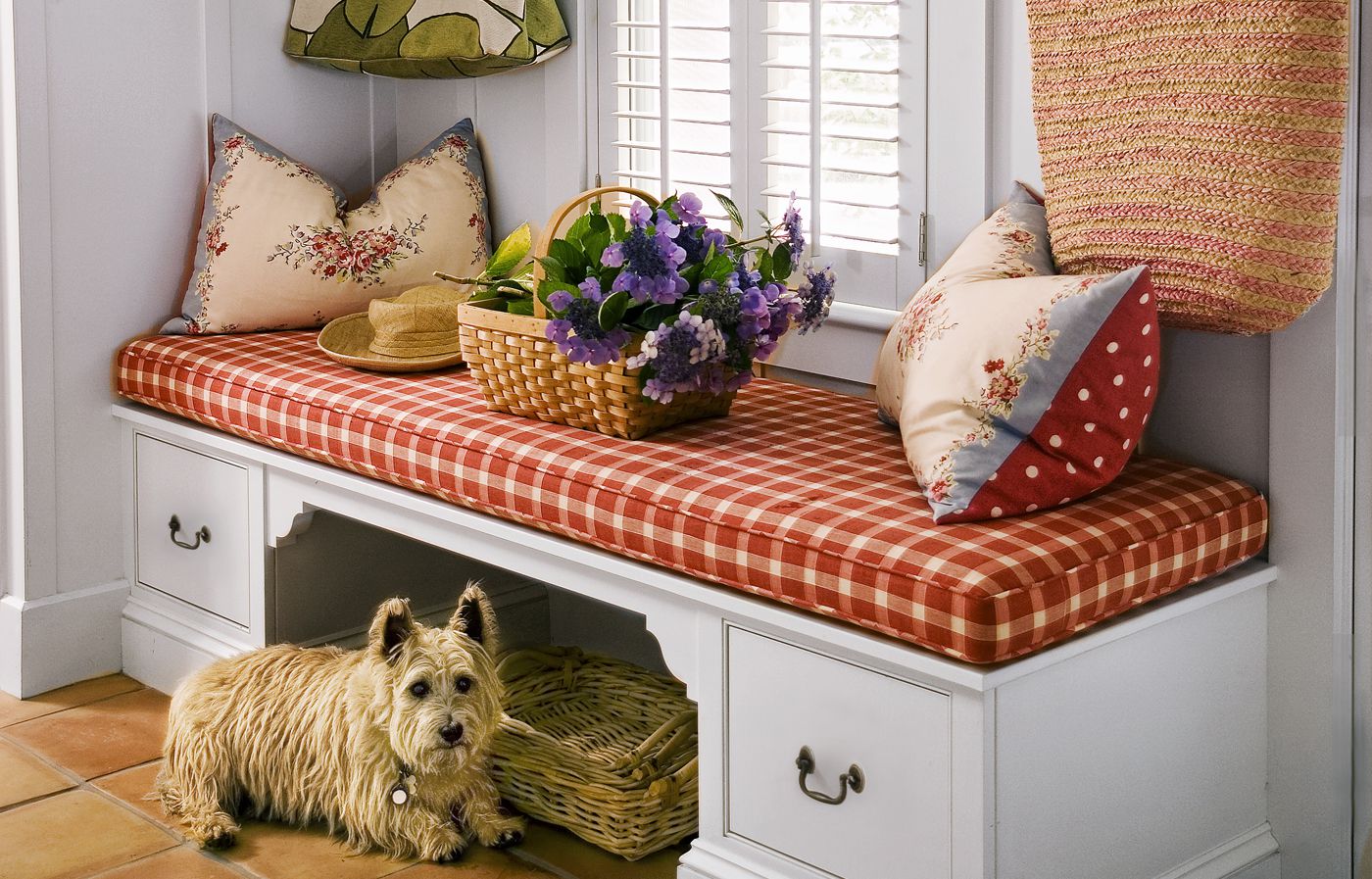

Living Room Furniture
How Thick Should My Window Seat Cushion Be
Modified: August 25, 2024
Find the perfect window seat cushion thickness for your living room furniture. Discover the ideal level of comfort and support for your cozy space.
(Many of the links in this article redirect to a specific reviewed product. Your purchase of these products through affiliate links helps to generate commission for Storables.com, at no extra cost. Learn more)
Introduction
Welcome to the world of cozy window seat cushions! If you are lucky enough to have a window seat in your home, you know how it can transform an ordinary space into a comfortable and inviting nook. And what better way to enhance the comfort and style of your window seat than with a perfectly plush cushion?
When it comes to choosing a window seat cushion, one important factor to consider is the thickness. The thickness of your cushion can greatly impact both the comfort and the overall aesthetic of your window seat. But how do you determine the ideal thickness for your cushion? Don’t worry, we’ve got you covered!
In this article, we will explore the various factors to consider when determining the ideal thickness for your window seat cushion. We will also discuss the balance between comfort and practicality, as well as the different types of window seat cushions available. So, let’s dive in and find out how thick your window seat cushion should be.
Key Takeaways:
- Finding the perfect thickness for your window seat cushion involves balancing comfort and practicality. Consider factors like usage, space limitations, and personal preferences to create a cozy and functional seating area.
- Customizing cushion thickness based on individual preferences ensures the ideal level of support and coziness for your window seat. Consider personal comfort, body type, and style to create a personalized retreat.
Read more: How To Make A Window Seat Cushion
Factors to consider when determining cushion thickness
When choosing the appropriate thickness for your window seat cushion, it’s important to take into consideration a few key factors. Here are some factors to keep in mind:
- Comfort: The primary purpose of a cushion is to provide comfort. Consider how soft or firm you prefer your seating to be. Thicker cushions tend to offer more plushness and can provide a luxurious feel, while thinner cushions may offer a firmer seating experience.
- Sitting posture: Think about how you and your family or guests sit on the window seat. If you tend to sit upright with good posture, a cushion with moderate thickness may be suitable. However, if you like to lean back and relax, you may prefer a thicker cushion that provides extra support.
- Height of the window seat: The height of your window seat can impact the ideal cushion thickness. If your window seat is lower to the ground, a thicker cushion can help raise your seating position and make it more comfortable. However, if the window seat is already at a comfortable height, a thinner cushion might suffice.
- Functionality: Consider how the window seat will be used. Is it primarily for lounging and relaxation, or will it also serve as a workspace or dining area? Thicker cushions can provide a more luxurious feel for relaxation, while thinner cushions may be more practical and easier to clean if the window seat serves multiple purposes.
- Visual aesthetics: The cushion thickness can also affect the appearance of your window seat. Thicker cushions can create a more grand and inviting look, especially if the window seat is in a larger space. Thinner cushions, on the other hand, can give a sleek and modern appeal.
By considering these factors, you can make an informed decision about the ideal thickness for your window seat cushion. Remember, there is no one-size-fits-all answer, and personal preferences should ultimately guide your choice.
Comfort vs. practicality: Finding the right balance
When it comes to choosing the thickness of your window seat cushion, striking the right balance between comfort and practicality is crucial. While a thicker cushion may provide a more cozy and luxurious feel, it may not always be the most practical option. On the other hand, a thinner cushion may be more convenient to maintain and clean, but it might sacrifice some comfort. Here are a few points to consider when finding the right balance:
1. Usage: Think about how frequently the window seat will be used. If it’s a high-traffic area where people spend a significant amount of time, prioritize comfort by opting for a thicker cushion. However, if the window seat is more of a decorative addition to your home, practicality might take precedence over extreme cushion thickness.
2. Space limitations: Assess the available space and the dimensions of your window seat. A bulky or excessively thick cushion may overcrowd a smaller window seat, making it visually unappealing and potentially uncomfortable. In limited spaces, a thinner cushion can be a more practical choice that doesn’t compromise on comfort.
3. Maintenance: Consider the effort required for cushion upkeep. Thicker cushions with multiple layers might require more maintenance, such as fluffing and spot cleaning. Thinner cushions, on the other hand, can be easier to clean and maintain, especially if they are removable and machine-washable.
4. Personal preferences: Ultimately, your preferences and comfort should guide your decision. Sit on various cushions with different thicknesses to determine your ideal level of comfort. What may be plush and cozy for one person may feel cumbersome to another. It’s important to find the thickness that suits you and enhances your enjoyment of the window seat.
By finding the right balance between comfort and practicality, you can ensure that your window seat cushion adds both style and functionality to your space. Experiment with different cushion thicknesses and consider the factors mentioned above to find the perfect balance for your needs.
Types of window seat cushions available
When it comes to window seat cushions, there are various types available to suit different preferences and decor styles. Here are some popular options to consider:
- Foam cushions: Foam cushions are a common choice for window seats. They are available in various densities, providing different levels of support and comfort. High-density foam cushions are firmer and offer excellent durability, while lower-density foam cushions provide a softer, more plush seating experience.
- Down-filled cushions: Down-filled cushions are known for their luxurious comfort. They are filled with soft down feathers, offering a plush and cozy seating surface. However, they require regular fluffing and may not be suitable for those with allergies.
- Poly-fiber cushions: Poly-fiber cushions are made from synthetic materials and are often more budget-friendly compared to other options. They offer a good balance of comfort and support and are resistant to mold and mildew, making them a practical choice for window seats in humid environments.
- Memory foam cushions: Memory foam cushions are known for their exceptional contouring and pressure-relieving properties. They mold to the shape of your body, providing personalized comfort and support. However, they can be more expensive than other cushion options.
- Bench cushions: Bench cushions are a popular choice for larger window seats or built-in benches. These cushions are custom-made to fit the exact dimensions of your seating area and can be filled with various materials like foam or down, depending on your preferences.
- Tufted cushions: Tufted cushions feature buttons or stitches that create a tufted or quilted appearance. This style adds a touch of elegance and sophistication to your window seat and can be used with various cushion fillings to achieve the desired level of comfort.
These are just a few examples of the types of window seat cushions available on the market. Each option has its own benefits and considerations, so take the time to explore your options and choose the one that best suits your style, comfort preferences, and budget.
Standard thickness recommendations for window seat cushions
While cushion thickness is ultimately a matter of personal preference, there are some standard recommendations that can serve as a starting point for choosing the right thickness for your window seat cushion. Keep in mind that these recommendations can vary depending on factors such as the type of cushion filling and the desired level of comfort. Here are some general guidelines:
- 1-2 inches: This is considered a thinner cushion and is suitable for window seats that serve mainly as decorative or occasional seating areas. Thinner cushions provide a sleek and minimalist look and may be more practical for smaller spaces.
- 2-3 inches: This is a medium thickness range that offers a balance between comfort and practicality. It is a common choice for window seats that are used for both sitting and lounging. These cushions provide adequate support and padding without being overly bulky.
- 4-6 inches: A cushion in this thickness range is considered quite plush and luxurious. It is ideal for window seats that are primarily used for relaxation and extended periods of sitting. Thicker cushions provide a more substantial feel and can enhance the overall coziness of the seating area.
Remember that these are general recommendations, and you can deviate from them based on your personal preferences. Some people may prefer a thinner cushion for a more firm seating experience, while others may opt for a thicker cushion for maximum comfort. It’s essential to consider factors such as the type of cushion filling, the desired level of support, and the intended use of the window seat when making your decision.
Lastly, it’s important to ensure that the thickness of your cushion allows for proper posture and does not cause discomfort or inconvenience when sitting or getting up from the window seat. Testing out various cushion thicknesses and considering comfort and practicality will guide you in finding the perfect thickness for your window seat cushion.
Aim for a window seat cushion that is at least 3 inches thick to provide enough comfort and support for sitting. Thicker cushions, around 4-5 inches, are even better for extra comfort.
Read more: How To Sew A Window Seat Cushion With Piping
Customizing cushion thickness based on individual preferences
While there are standard thickness recommendations for window seat cushions, it’s important to remember that everyone has different comfort preferences. Customizing the cushion thickness based on individual preferences can ensure the perfect level of support and coziness for your window seat. Here are some factors to consider when customizing cushion thickness:
1. Personal comfort: Pay attention to your own comfort needs and preferences. Sit on cushions of different thicknesses to determine what feels the most comfortable to you. Consider how you like to sit – whether you prefer a firmer or softer feel, more support, or a plush surface. Your comfort should be the ultimate deciding factor.
2. Body type and weight: Keep in mind that the cushion thickness that works for one person may not be suitable for another. Factors like body type and weight can play a role in determining the ideal cushion thickness. Heavier individuals may prefer thicker cushions for better weight distribution and support, while lighter individuals may find a thinner cushion sufficient.
3. Posture: Consider your sitting posture when customizing cushion thickness. If you tend to slouch or have a more relaxed posture, a thicker cushion may provide better back support. Alternatively, if you have good posture and prefer a more upright seating position, a thinner cushion may be adequate.
4. Age and mobility: Individuals with certain physical conditions or mobility issues may require cushions of specific thicknesses to ensure optimal comfort and ease of getting up from the window seat. It’s important to consider any unique needs or requirements when customizing cushion thickness.
5. Decor and style: The cushion thickness should also align with the overall style and aesthetic of your space. Thicker cushions can create a more luxurious and inviting look, while thinner cushions can lend a sleek and modern appeal. Consider the visual impact you want the cushion to have in your window seat setup.
By taking these factors into account, you can customize the cushion thickness to perfectly meet your individual needs and preferences. Whether you opt for a thinner cushion for a firmer seating experience or a thicker cushion for maximum comfort, finding the right balance will ensure that your window seat becomes a cozy and personalized retreat.
Additional considerations for cushion thickness
While determining the ideal thickness for your window seat cushion, there are a few additional considerations to keep in mind. These factors can further assist you in making an informed decision:
1. Fabric choice: The type of fabric used for your cushion can affect its perceived thickness. Some fabrics, like velvet or faux fur, can make the cushion appear thicker due to their plush texture. So, take into account the fabric choice and its visual impact when determining the desired thickness.
2. Seat depth: Consider the depth of your window seat when choosing the cushion thickness. A deep seat may require a thicker cushion to provide adequate support and comfort. Conversely, a shallower seat may be more suited for a thinner cushion to avoid feeling overly bulky.
3. Seat construction: The construction of your window seat can impact how the cushion behaves and feels. If the seat is made of hard material, such as wood or metal, you may need a thicker cushion to provide a sufficient barrier between your body and the seat. On the other hand, if the seat has built-in padding or is cushioned, a thinner cushion may be suitable.
4. Climate and humidity: In humid climates, thicker cushions may retain more moisture and require more time to dry. Keep the climate of your region in mind when deciding on the cushion thickness. Thinner cushions made from breathable materials can provide better ventilation and minimize potential issues related to humidity.
5. Budget: Your budget may influence the thickness of your window seat cushion. Thicker cushions often require more materials, which can increase the cost. Consider your budgetary constraints and explore different cushion options to find a thickness that meets both your comfort expectations and your budget.
By considering these additional factors, you can further refine the choice of cushion thickness for your window seat. Remember, the goal is to create a comfortable and visually appealing space that suits your individual needs and preferences.
Maintaining and caring for window seat cushions
Proper maintenance and care are essential to extend the lifespan of your window seat cushions and keep them looking fresh and inviting. Here are some tips to help you maintain and care for your cushions:
1. Regular cleaning: Vacuum your cushions regularly to remove dust, dirt, and debris that may accumulate. For removable cushion covers, follow the manufacturer’s instructions for cleaning. For non-removable cushions, spot clean using a mild detergent and a damp cloth. Be sure to test any cleaning solution on a small, inconspicuous area first.
2. Fluffing and rotating: To maintain the cushion’s shape and prevent sagging or indentations, regularly fluff and rotate the cushions. This helps distribute the fill evenly and ensures even wear. Give the cushions a gentle shake and pat down to restore their fullness and bounce.
3. Protection from sunlight: Direct sunlight can cause fading and discoloration of your cushions over time. If your window seat is exposed to sunlight, consider using curtains or blinds to protect the cushions or opt for fade-resistant fabrics. You can also rotate the cushions periodically to minimize the impact of direct sunlight.
4. Address spills and stains promptly: Accidents happen, so it’s important to address spills and stains on your cushions as soon as possible. Blot the affected area gently with a clean cloth or paper towel to absorb the liquid. Avoid rubbing, as it can push the stain deeper into the fabric. Use a mild cleaning solution recommended for the specific type of fabric and follow the instructions carefully.
5. Protecting against wear and tear: To prevent excessive wear and tear, consider using cushion covers or protectors. These can provide an extra layer of defense against spills, stains, and general wear. They are also often removable and machine-washable for easier cleaning.
6. Seasonal storage: If you have seasonal use of your window seat, consider storing the cushions during the off-season. Clean the cushions thoroughly before storing them in a cool, dry place to protect them from moisture, insects, and potential damage.
7. Professional cleaning: Depending on the specific fabric and construction of your cushions, professional cleaning may be required periodically. Professional cleaners have the expertise and equipment to effectively deep clean and refresh your cushions, ensuring their longevity.
By following these maintenance and care tips, you can keep your window seat cushions in excellent condition and prolong their lifespan. Good maintenance practices not only keep your cushions looking beautiful but also contribute to a clean and healthy living environment.
Conclusion
Choosing the right thickness for your window seat cushion is a crucial step in creating a comfortable and inviting space. By considering factors such as comfort, practicality, usage, and personal preferences, you can determine the ideal thickness for your cushion. Whether you opt for a thinner cushion for a sleek and minimalist appeal or a thicker cushion for maximum comfort and plushness, the choice ultimately depends on your unique needs and style.
Additionally, exploring different types of cushion fillings such as foam, down, or poly-fiber, as well as considering factors like body type, seat depth, and climate can further assist you in finding the perfect cushion thickness. Customizing the thickness based on individual preferences ensures that your window seat becomes a cozy sanctuary tailored to your comfort needs and personal style.
Proper maintenance and care for your window seat cushions are also essential to keep them looking fresh and ensure their longevity. Regular cleaning, fluffing, and rotating, along with protecting them from sunlight and addressing spills promptly, can help maintain their beauty and functionality over time.
Ultimately, the thickness of your window seat cushion should provide the perfect balance of comfort, functionality, and aesthetic appeal. By taking into account all these factors, you can create a window seat that not only enhances the comfort of your home but also becomes a cherished place for relaxation, reading, or simply enjoying the view outside.
So go ahead, find that perfect cushion thickness, and transform your window seat into a cozy retreat that brings joy and comfort to your everyday life.
Frequently Asked Questions about How Thick Should My Window Seat Cushion Be
Was this page helpful?
At Storables.com, we guarantee accurate and reliable information. Our content, validated by Expert Board Contributors, is crafted following stringent Editorial Policies. We're committed to providing you with well-researched, expert-backed insights for all your informational needs.
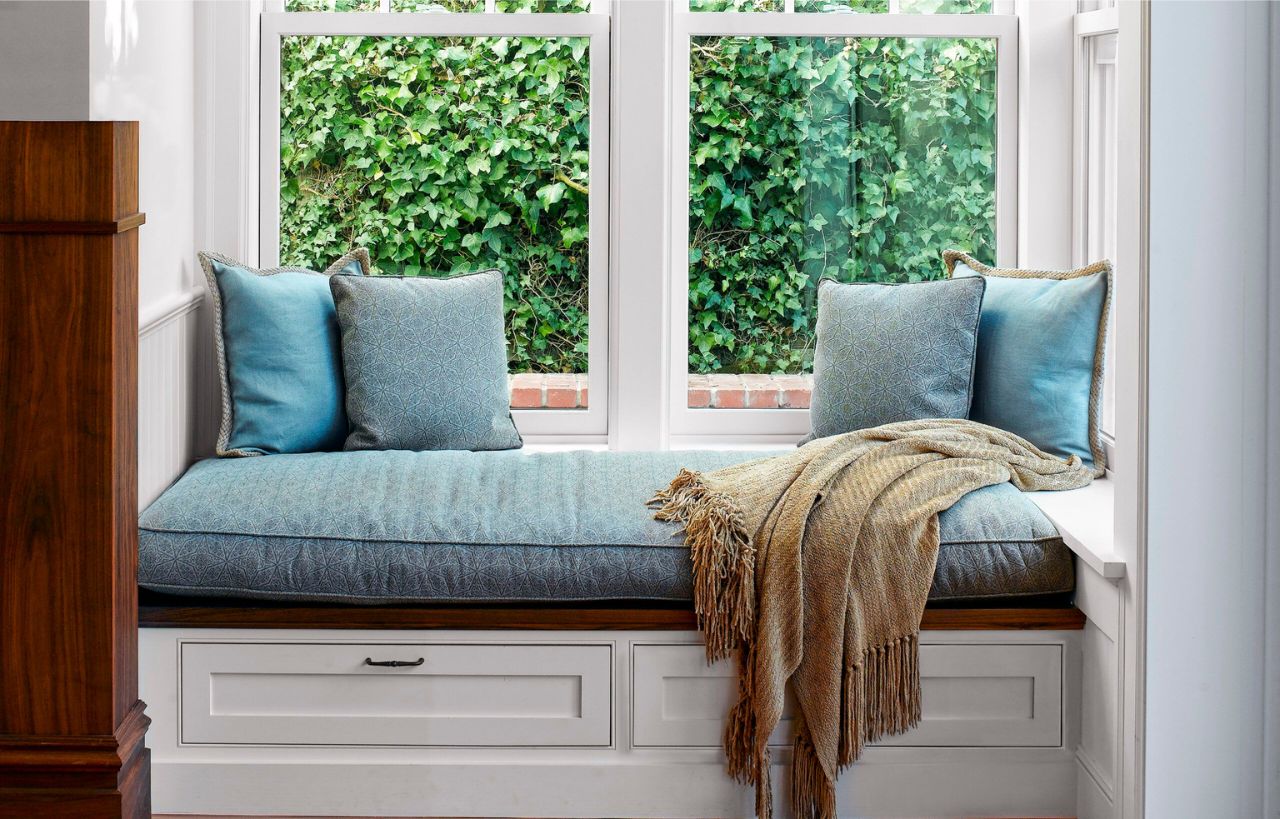


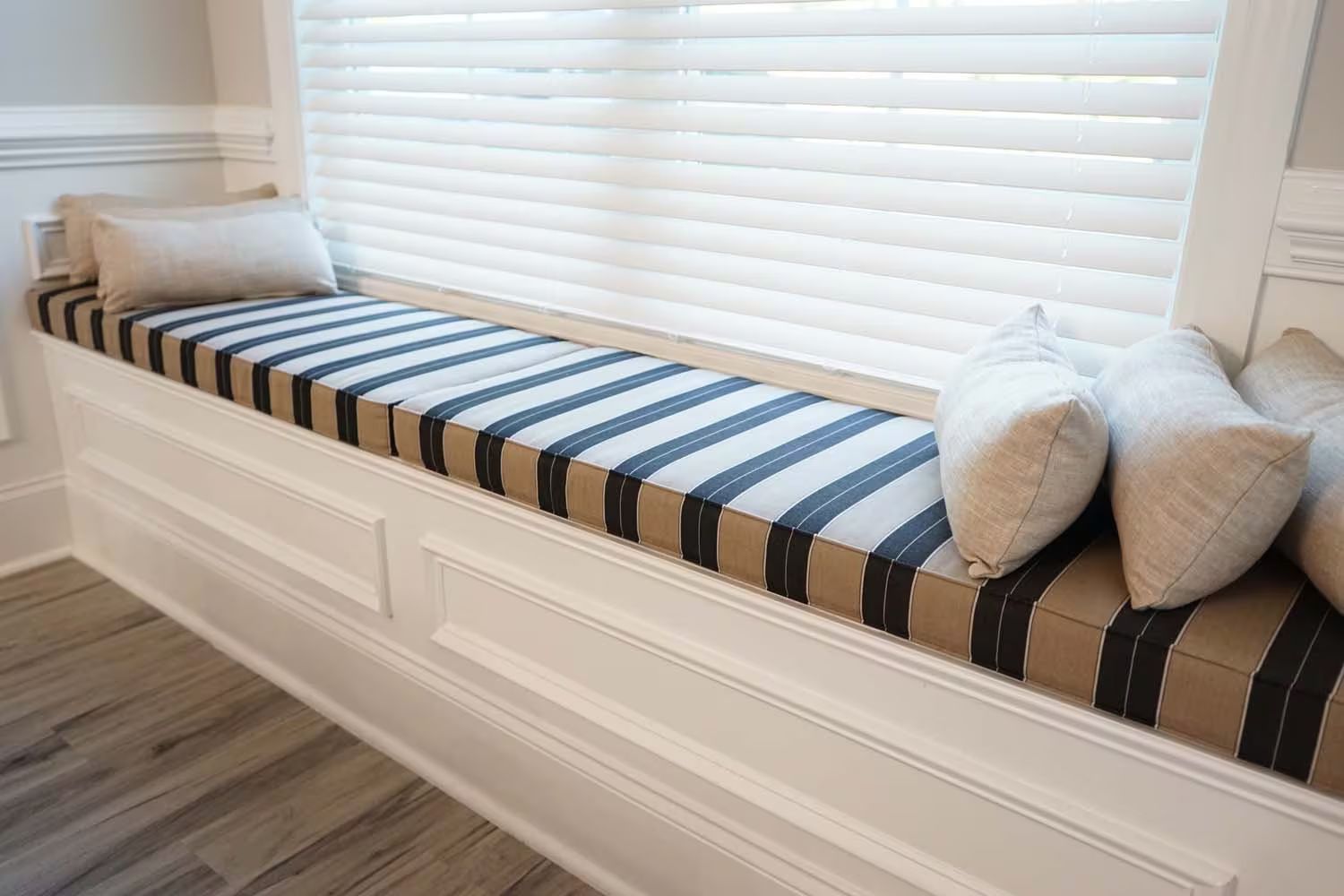

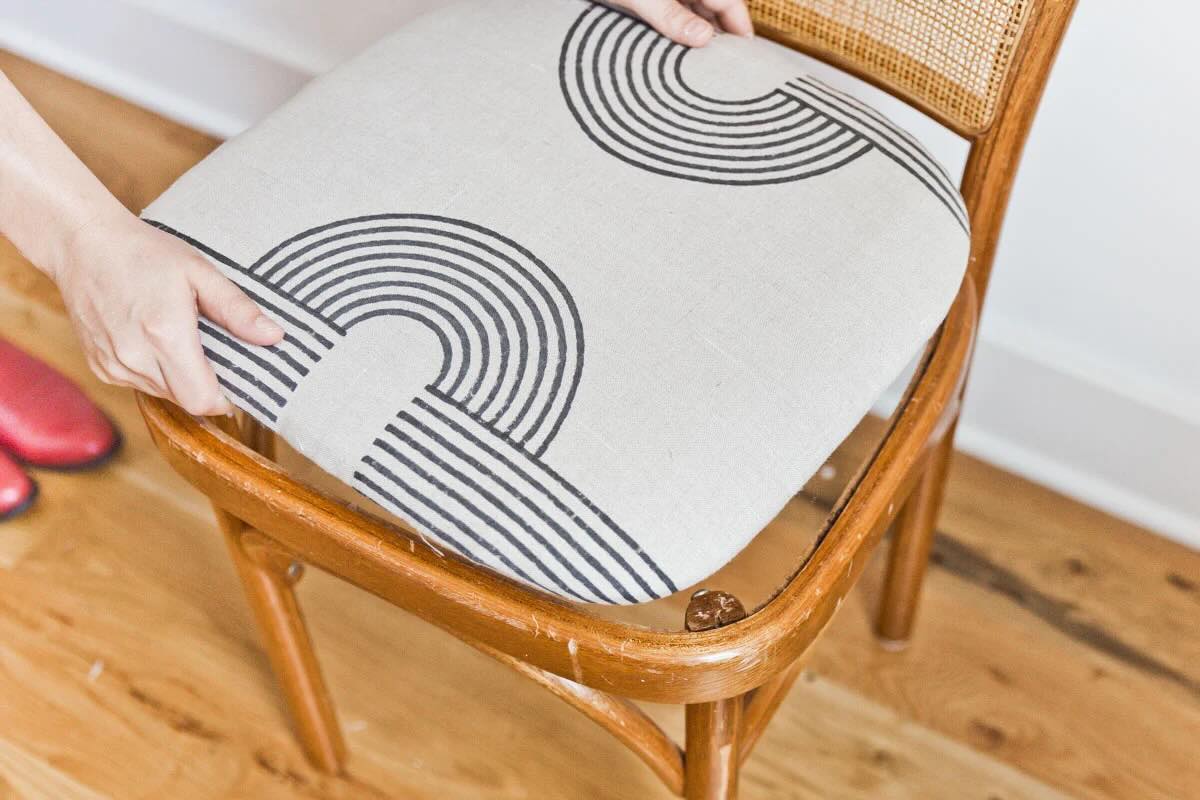
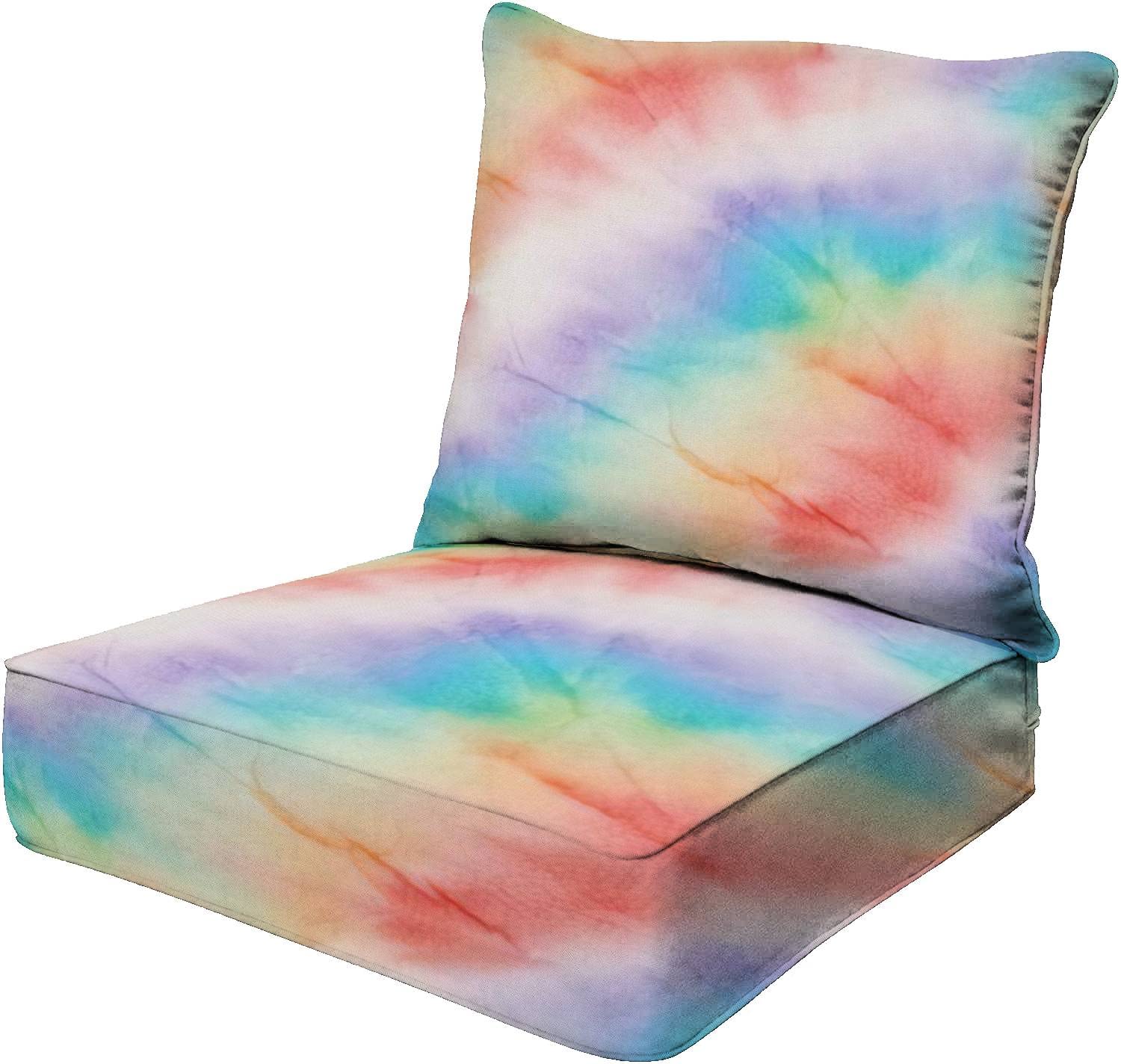

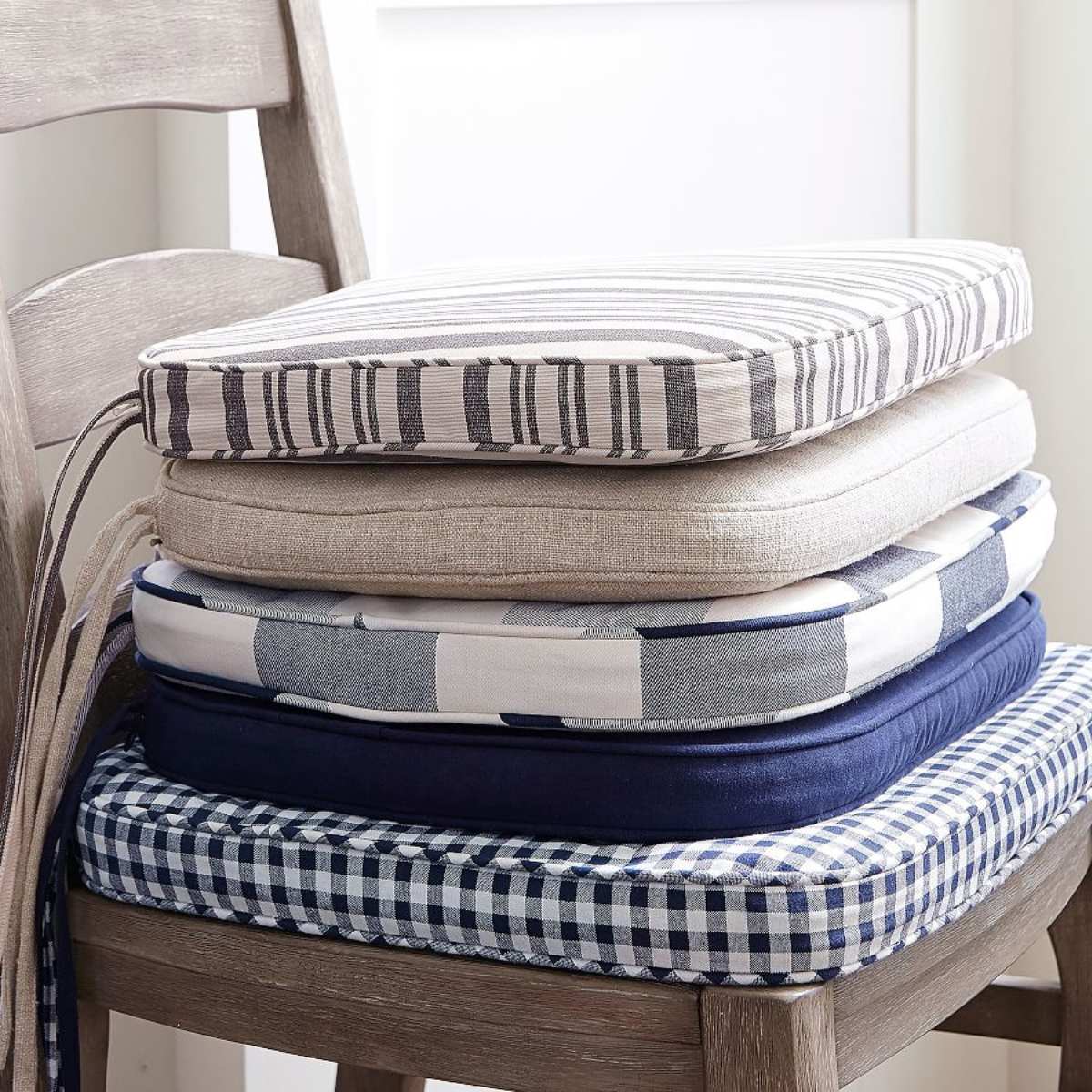

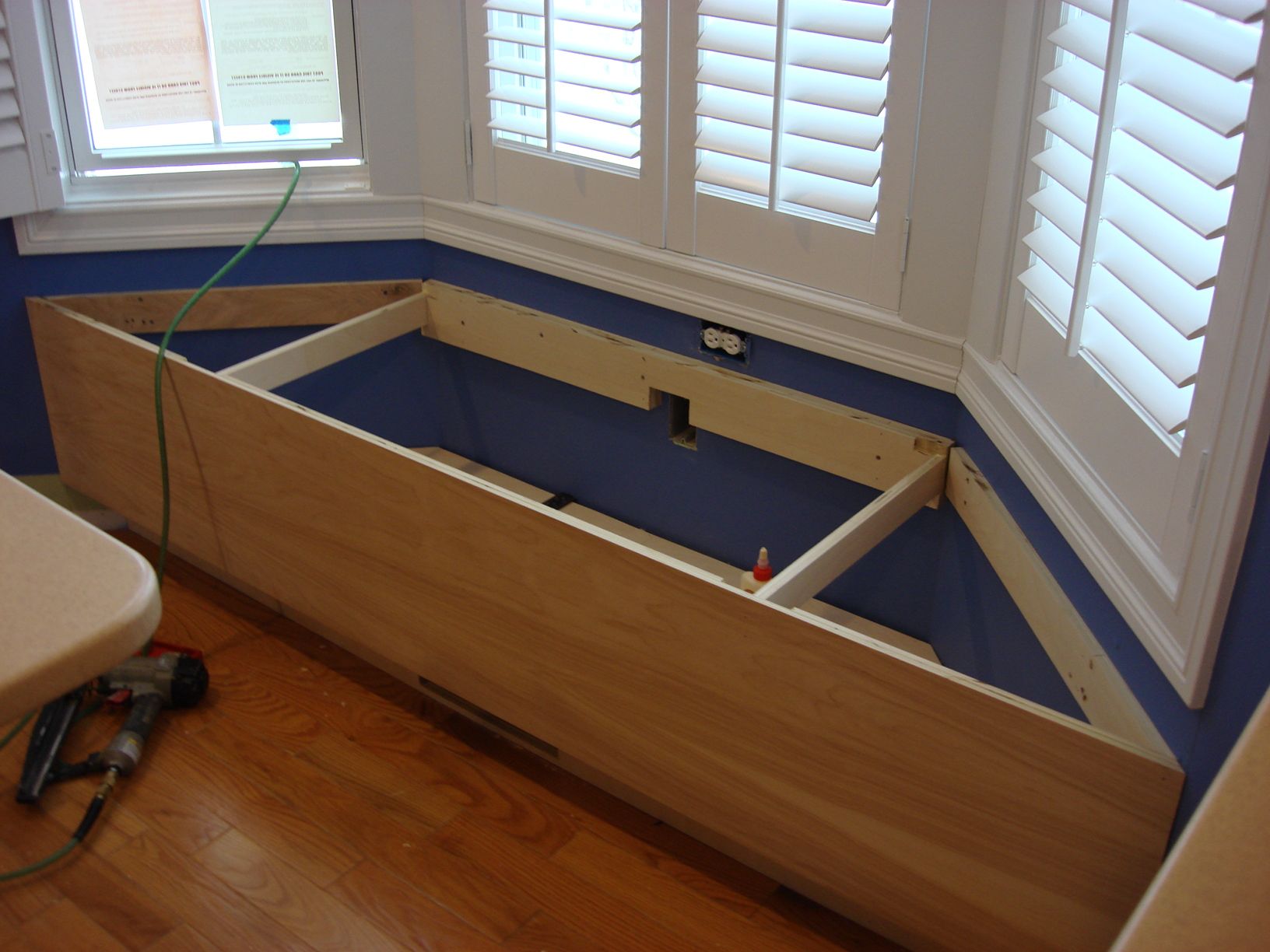
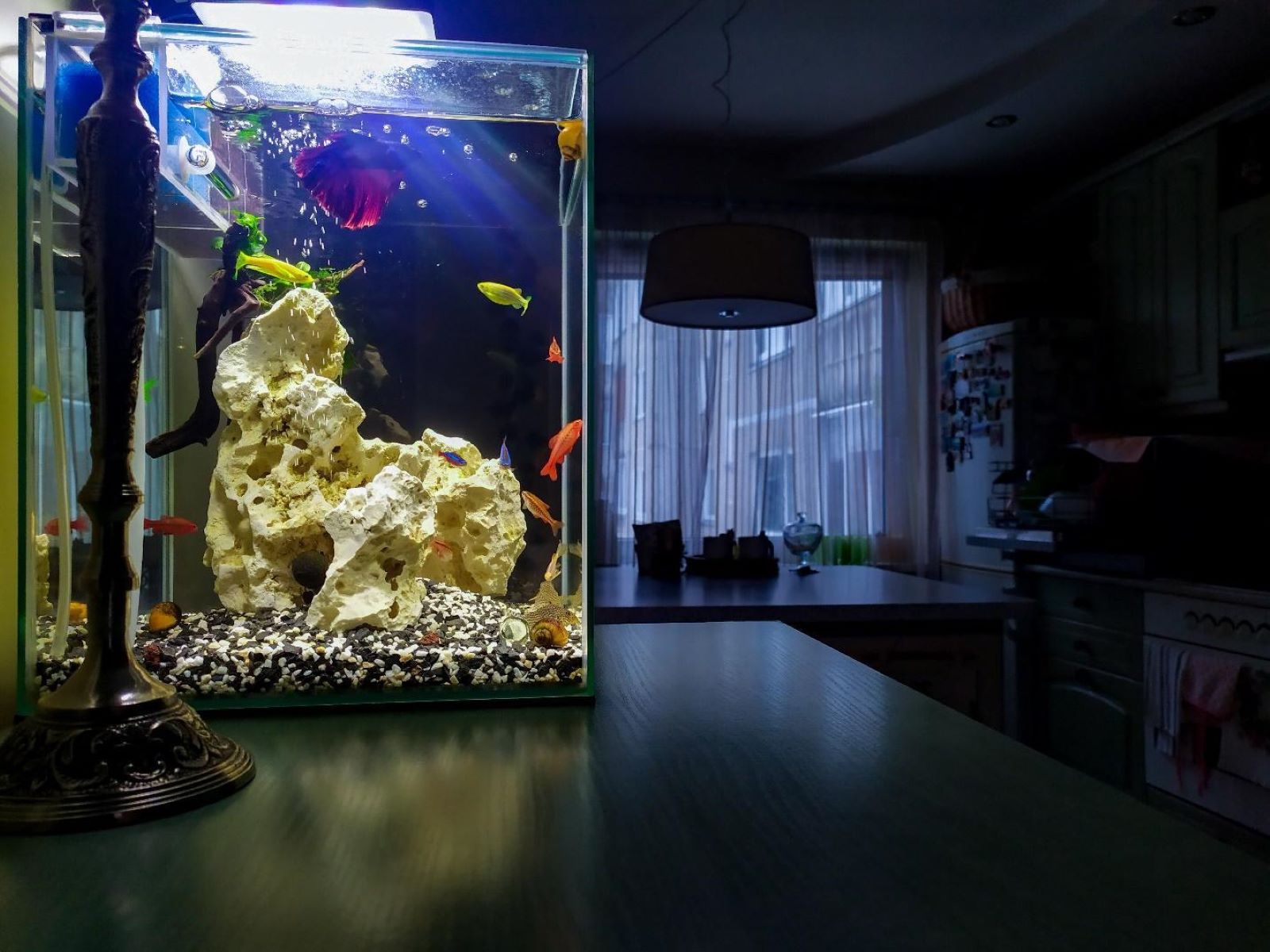
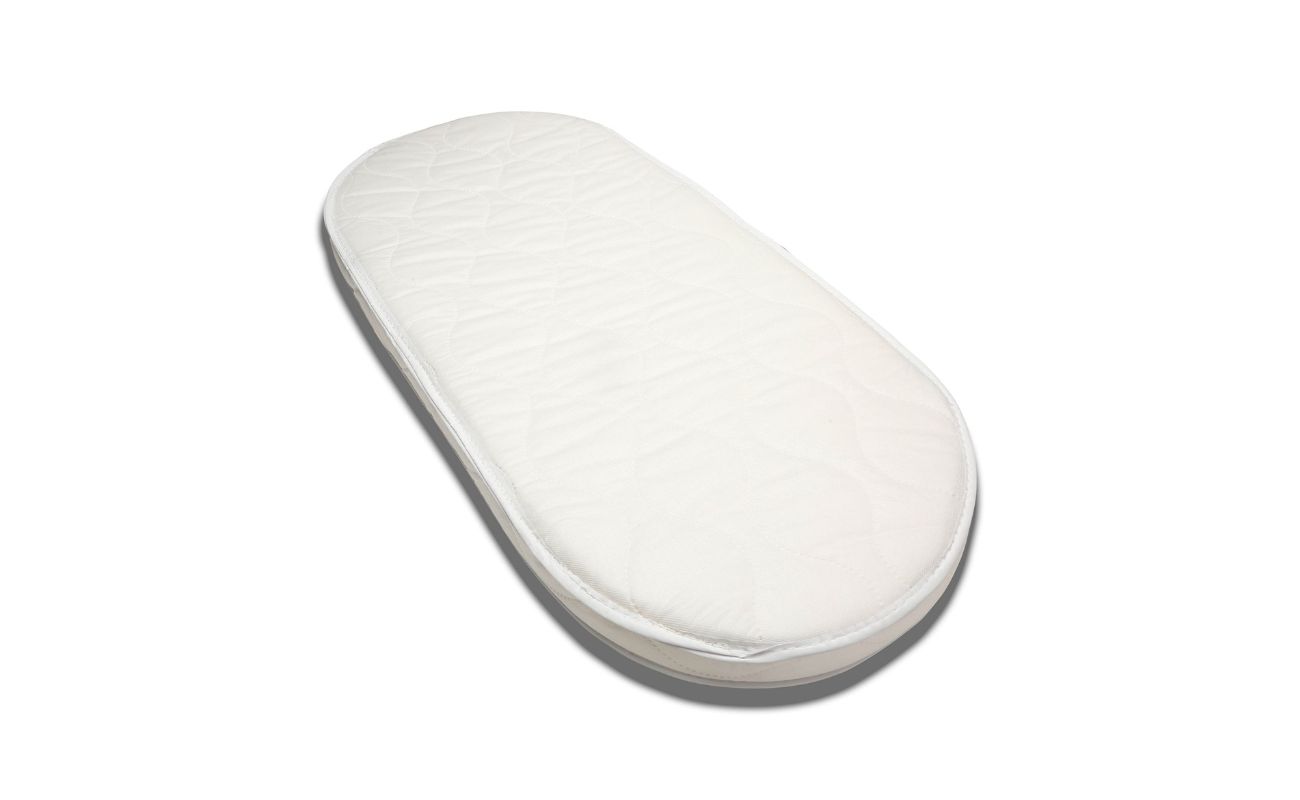
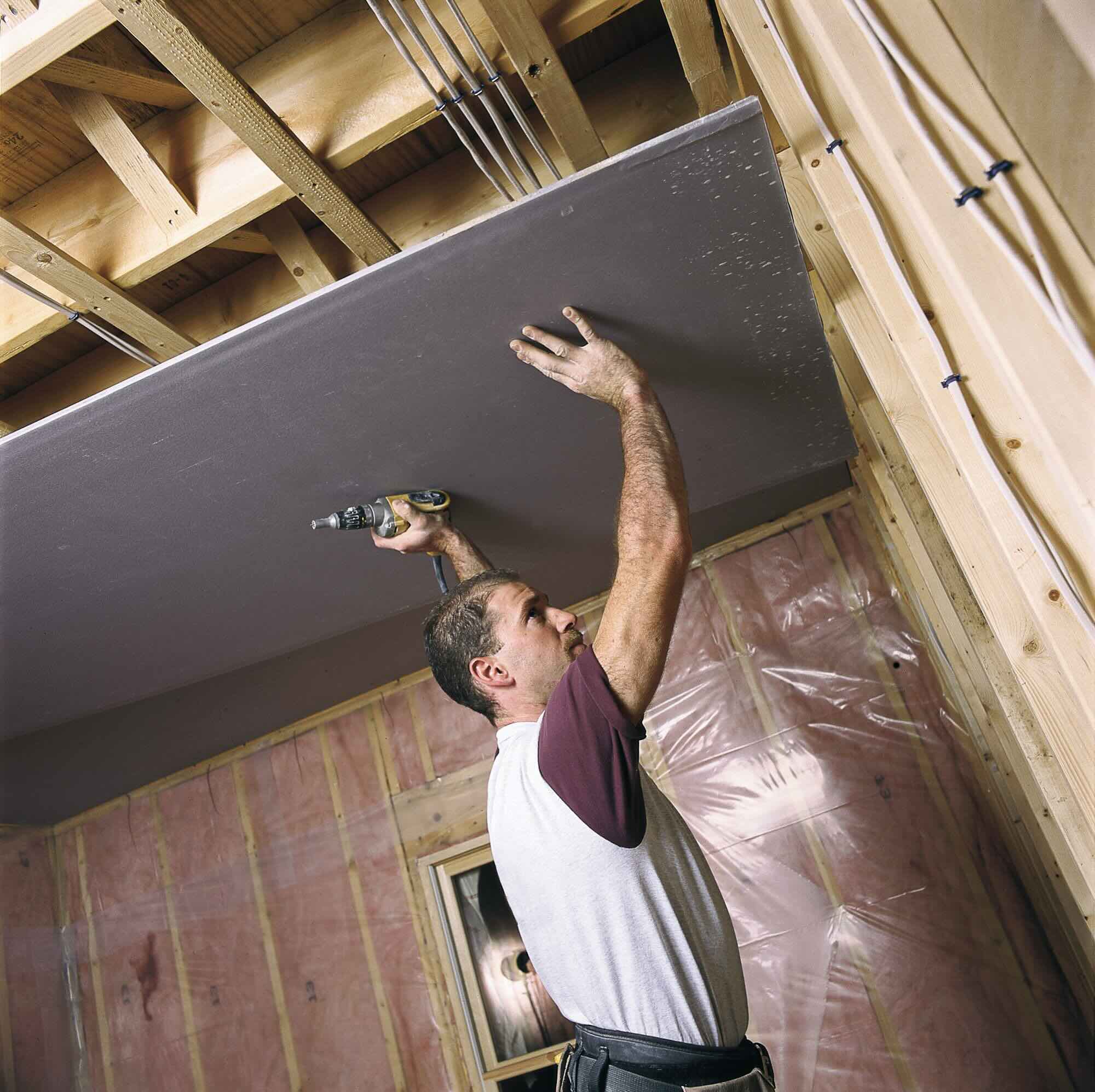

0 thoughts on “How Thick Should My Window Seat Cushion Be”